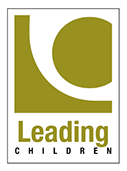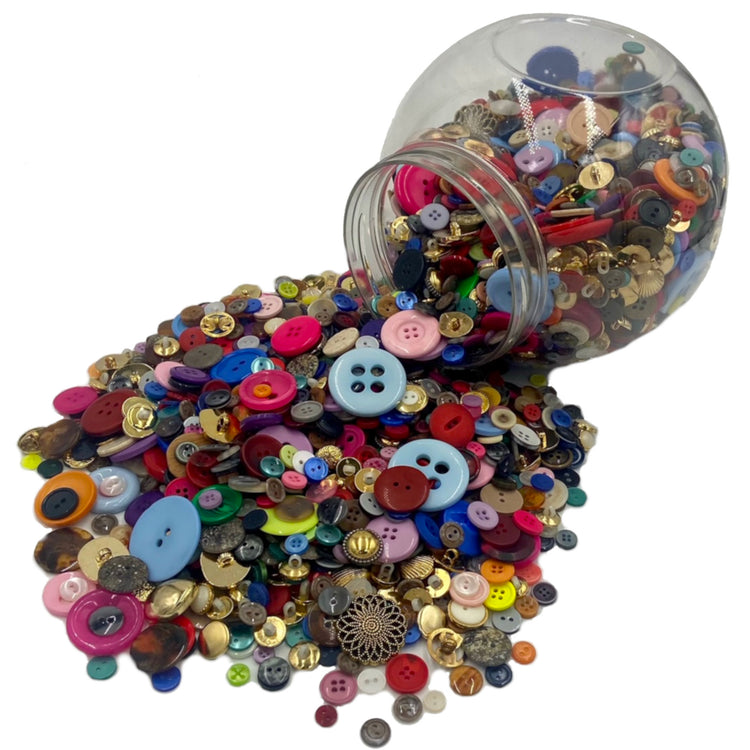Inside my Grandma’s button tin, there was so much treasure. Old ointment tins, bits of lace, old bodkins and all sorts of buttons to handle and categorise as favourites or to group for different materials (leather, wood, metal, plastic, mother of pearl and glass).

I could spend hours sorting, classifying, asking questions and handling those buttons.
I loved it when Grandma joined in; telling me, ‘this was from one of Auntie Joyce’s dresses, this was from Grandad’s old coat.’ Every button had a history or interesting feature. There was a golden sailor button with an anchor on the front and a large square button with a crocheted cover. There were tiny buttons and beads and an old tape measure, red dice and a thimble.
In my last school I did a button appeal so that we could share a huge barrel of buttons – so many that sometimes we poured them into the water tray instead of water. Children would spend hours, mixing them, feeling them, listening to them, squeezing them and filling and emptying them into the different containers we added each day. Some children seemed to just enjoy the tactile experience of the button collection, others got very busy, sorting and classifying, finding types and sets and colours and patterns. With some children we were able to talk about plastic, wooden, metal and shell buttons, with others, we could say, ‘that one has one sewing hole, this one two, this one four.’

We put buttons in the DT area and when children made models, they became headlamps on cars, eyes on robots or dials on a washing machine. One little girl made a ‘nail bar’ and the buttons were all the different colours of the nail varnishes, “the ladies” could choose from.
In the block area, the children made a paper machine, and the buttons became the switches on the controls to make it work.
In the home corner the children pretended the buttons were money and outside they used the yellow buttons as pirate treasure.
One of the loveliest things we did was to learn how to sew buttons onto fabric.

First, we gave the children a piece of hessian on a small embroidery ring.
Then we taught them about stitching – simply taking a needle and brightly coloured thread (or very thin ribbon or wool) up and down through the fabric, taking the needle for a walk, sometimes making big stitches, other times small stitches.
We did this for a while until each child had used a few different colours, then we sewed the buttons onto the fabric to decorate our patterns. The results, when mounted, were fantastic!
These days, one of the most useful places for buttons is in the maths area:



Whether you need a plethora of sorting and matching, patterning, weighing or counting activities, buttons are a great staple of maths provision in the classroom.
My love of buttons hasn’t changed since I was a child and sadly, neither has my understanding of weights and measures. My team are laughing or rolling their eyes at me this week because I bought a few tens of thousands of buttons by mistake. We now sell them in bags, in bottles, in giant bottles, or if you would like a barrel full for your water tray – just let me know - I can’t stop my staff playing with them!


See our shop for our selection of buttons - https://leadingchildren.com/collections/maths

